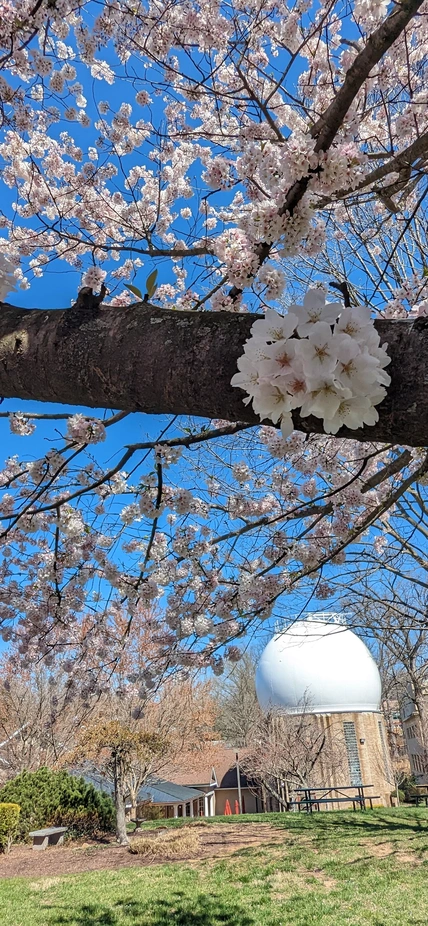Cherry blossom petals floating by the window of the ‘Hauri Café’ in the Research building on the BBR campus hold the promise of new spring, where shoots, buds, fronds, and bracts abound. Likewise, we have much to report as our Earth and Planet Laboratory scientists continue to break new ground with experiments, observation and theory.
Farewell to old friends
With every renewal, we also mourn the loss of passing, and this Spring is no exception. David George, an engineering technician at the Geophysical Lab for 32 years, passed away in January. David is remembered for his expertise, work ethic, and kindness and for his significant contribution in supporting science at Carnegie. Former Geophysical Lab postdoctoral fellow and Carnegie visiting scientist Professor Dean Presnall passed away in February at his home in Chevy Chase. He was a genuinely gifted experimentalist, teacher, and thinker. David and Dean will be greatly missed.

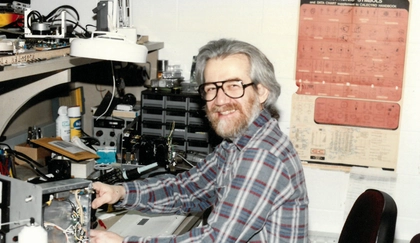
Bjorn Mysen retires
At the end of February Bjorn Mysen retired from his position as EPL staff scientist after more than 50 years of exemplary science at Carnegie. Bjorn spent a remarkable and hugely impactful career investigating the nature and wonders of the silicate melts that originate in Earth’s crust and mantle. Using an impressive array of experimental and analytical techniques, Bjorn probed the very essence of melt at the level of their atomic structure, relating what he learned to questions about how the Earth formed and evolved. We are pleased that Bjorn will remain at EPL as an emeritus staff scientist. Accompanying Bjorn in his retirement, Susana Mysen retired from her role in supporting the science at Carnegie for more than fifteen years on our administrative team. We thank Bjorn and Susana for all they have done for Carnegie Science.
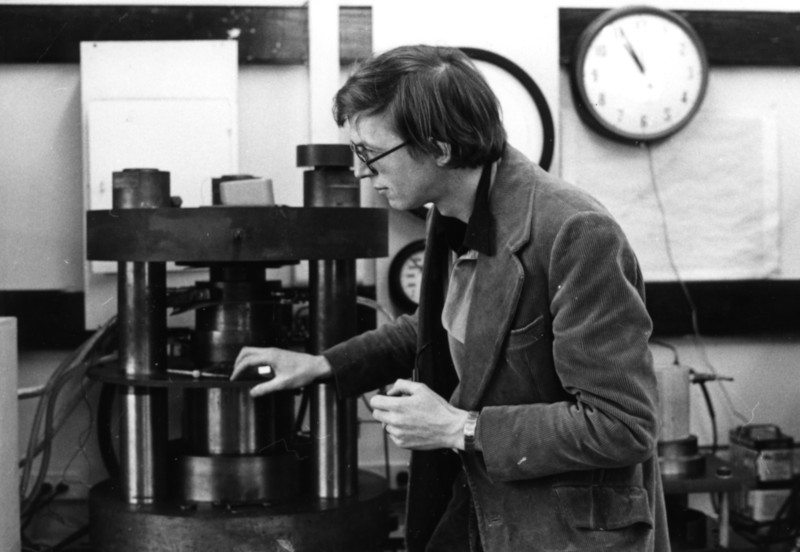
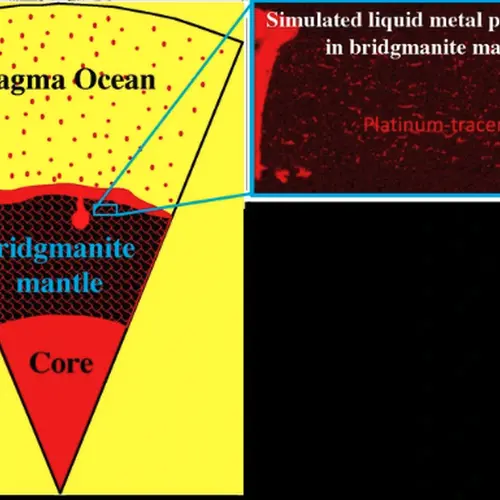
What coffee and the core have in common
Being an enthusiastic and unrepentant coffee drinker, I am taken by the analogy drawn to hot liquid iron percolating through a silicate mineral matrix as it collects to form Earth’s core. As anyone who does a pore-over knows, hot fluids extract chemicals from the matrix as they migrate, creating a tasty brew. In a study published in Science Advances, EPL’s Yingwei Fei and former postdoctoral fellow Lin Wang beautifully replicate this process using high pressure experiments in order to place constraints on the flavor of Earth’s metallic iron core.
Read more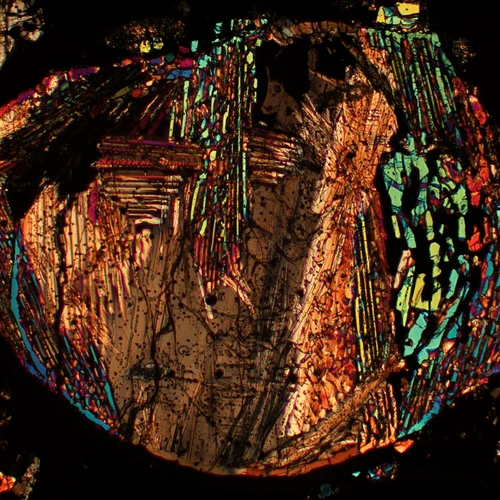
Earth’s potassium arrived by meteorite
Ben and Jerry exploited the joy of poorly mixed blends of iced cream with clots of tasty nuggets. The rocky planets in our Solar System share this heritage, being comprised of mixtures of a range of materials derived ultimately from a poorly mixed protoplanetary disc. Of particular interest is the source of volatile components in our planet—the cream—and what part of the disc they originated from. In a study published in Science, former EPL post-docs Nicole Nie and Da Wang together with EPL colleagues, provide important clues showing that the source of Earth’s potassium, based on its isotopic composition, is best matched by a particular flavor of nugget, the non-carbonaceous chondrite meteorites.
Read more
Earth’s water not from melted meteorites
Planetesimals wafting around in the early protoplanetary disc may have also added water to the growing Earth – the long sought-after source of which has remained enigmatic. Some of these objects melted, and we sample them today as achondritic meteorites. Based on a study published in Nature led by University of Maryland’s Megan Newcombe and including Carnegie’s Conel Alexander and Jianhua Wang, it seems that these are the least likely candidates as a source of water because these meteorites are drier than bones—in fact, they are among the most desiccated extraterrestrial materials ever measured.
Read more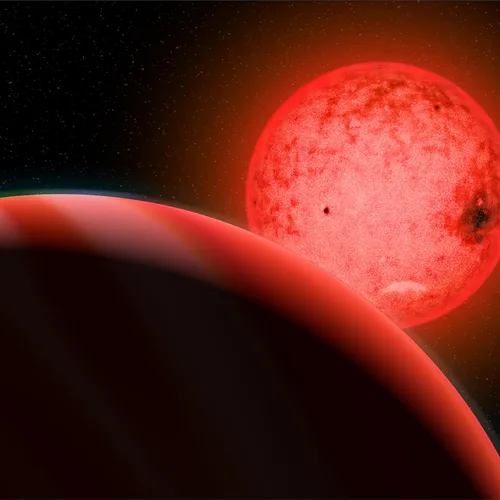
Finding “forbidden” planet
Red dwarves and gas giants are usually the stuff of Magic the Gathering, but in an unusual find that rattles the cage of planetary accretion theory, Carnegie’s Shubham Kanodia, together with a formidable band of EPL colleagues, report in the Astrophysical Journal on an observed and verified large gas giant planet orbiting a small red dwarf star. The gas giant is much larger than expected, and while the dwarf is still about four times the size of the giant, it remains a mystery how such a match is possible in the first place.
Read more
Abiotic organics in Martian meteorite
Suppose life existed on Mars when it was young and clement. In that case, evidence might still linger as organic residues in Martian rocks, unlike Earth, where our dynamic planet has thoroughly digested the earliest organic offerings. Understanding what life is also means knowing what it is not. New work published in Science Advances by a team that includes EPL’s Andrew Steele explores the complexity of abiotic organics in the Martian Tissint meteorite and shows how water-rock interactions in the Martian crust can produce a vast array of molecules consistent with the observed organic diversity.
Read more
Defining life with data science
Speaking of life, EPL’s Anirudh Prabhu and Mike Wong suggest that it’s all about the information. Using a data informatics lifecycle approach Prabhu and Wong boldly argue that information processing is a central aspect of life and that a “data–information–knowledge ecosystem” may be a defining characteristic of life as we know it.
Read more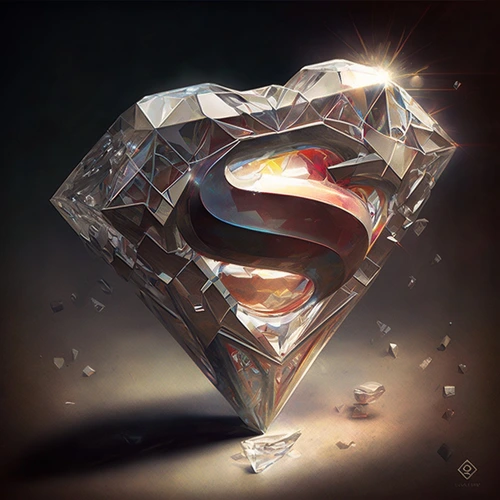
Turning superdiamonds into superconductors
More down to earth but equally as space age, EPL’s Tim Strobel and Li Zhu led a study published in Physical Review Research showing evidence for superconductivity at relatively high temperature (~20 K) in a “superdiamond” material.
The team used high pressure to synthesize a carbon-boron crystal with a clathrate lattice, entrapping strontium atoms in a cage-like structure. The properties of the crystal depend on the trapped atoms, permitting a range of behavior based on the element inside their cages. Strobel and Zhu predict that other carbon clathrates will exhibit superconductivity at even higher temperatures.
Read more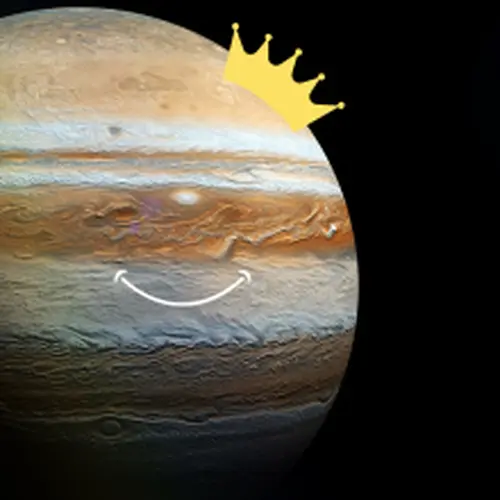
Jupiter back on top
Finally, as we gaze up into a clear sky on a crisp early-Spring night holding the last of winter’s chill, we can take solace in the fact that Jupiter has once again taken the lead in the lunar headcount with the discovery of 12 new moons, thanks to EPL’s Scott Sheppard and coworkers diligence as they comb the night sky for distant objects that orbit the Sun beyond Pluto.
Read moreThanks so much to everyone for your interest and support of the science we are privileged to undertake at Carnegie’s Earth and Planets Laboratory.
Michael Walter
Director
Earth and Planets Laboratory
